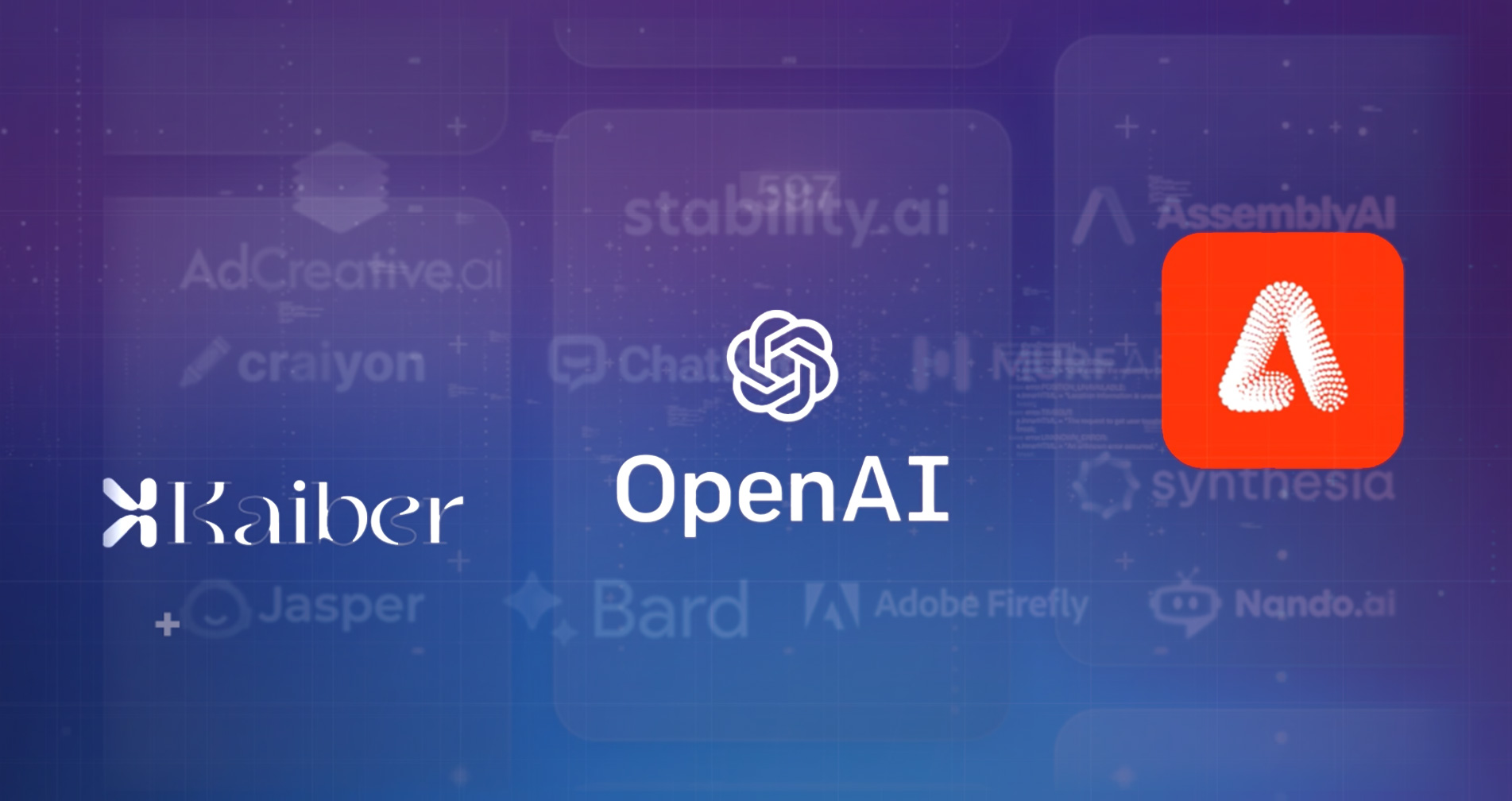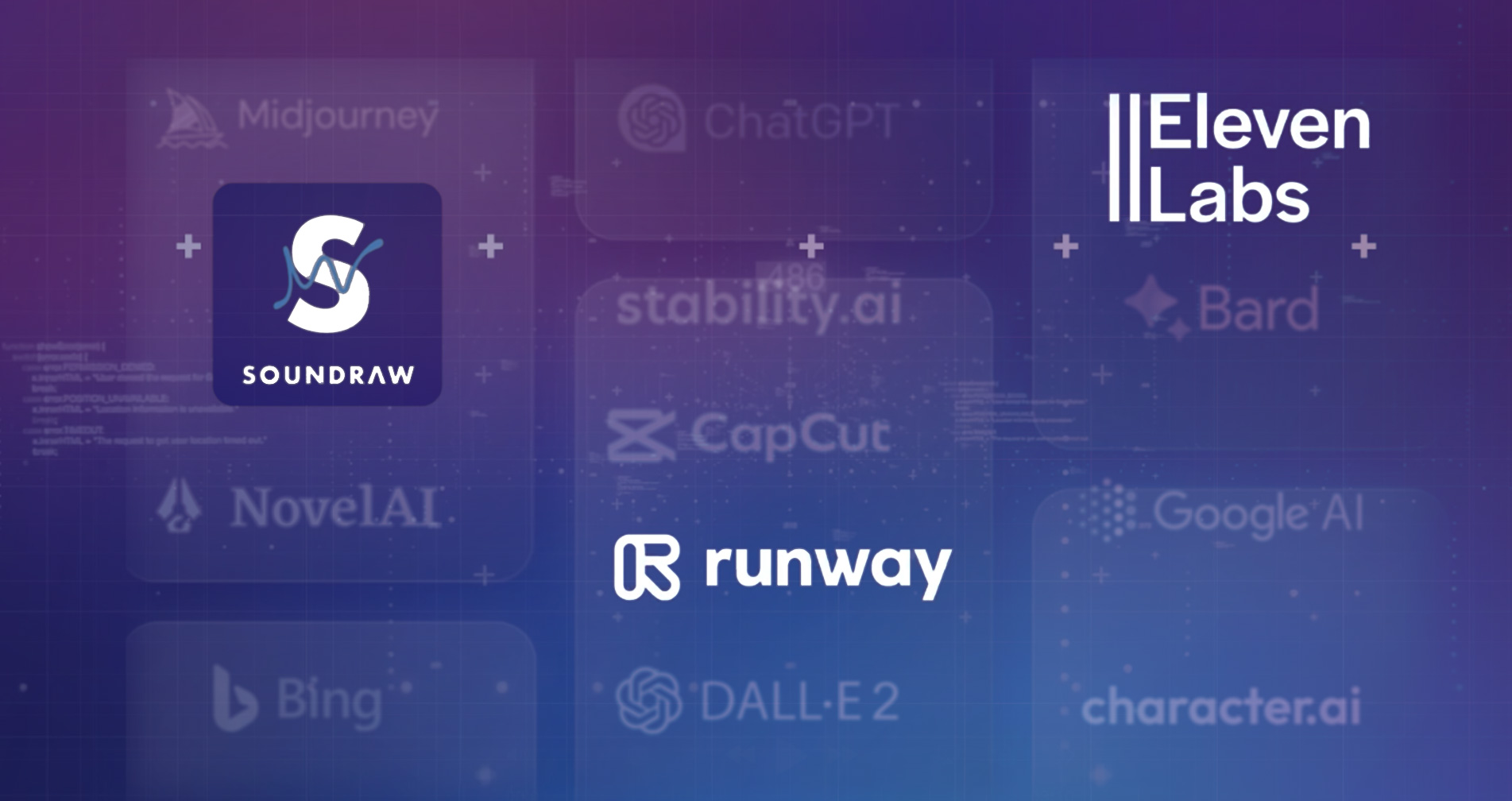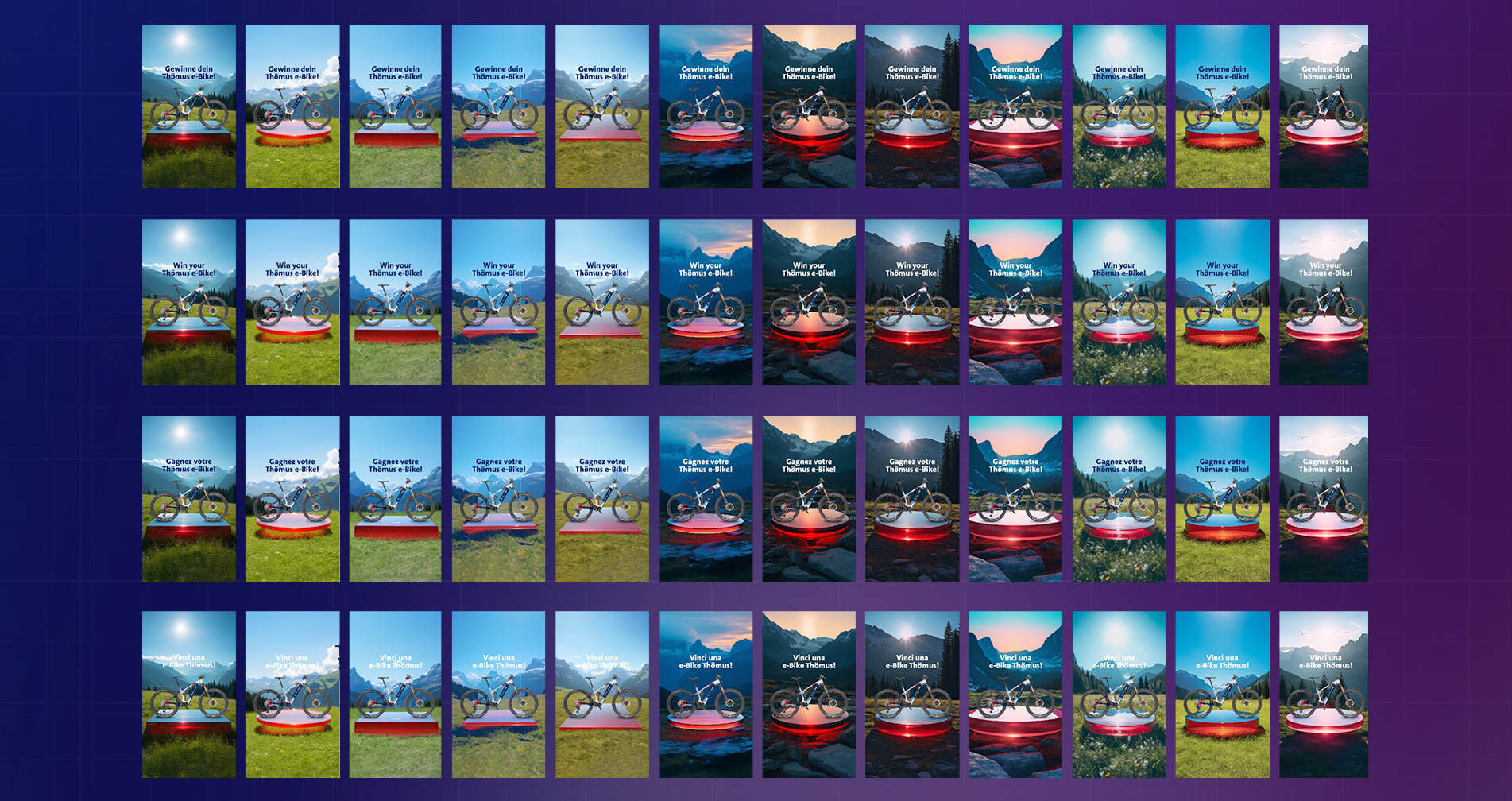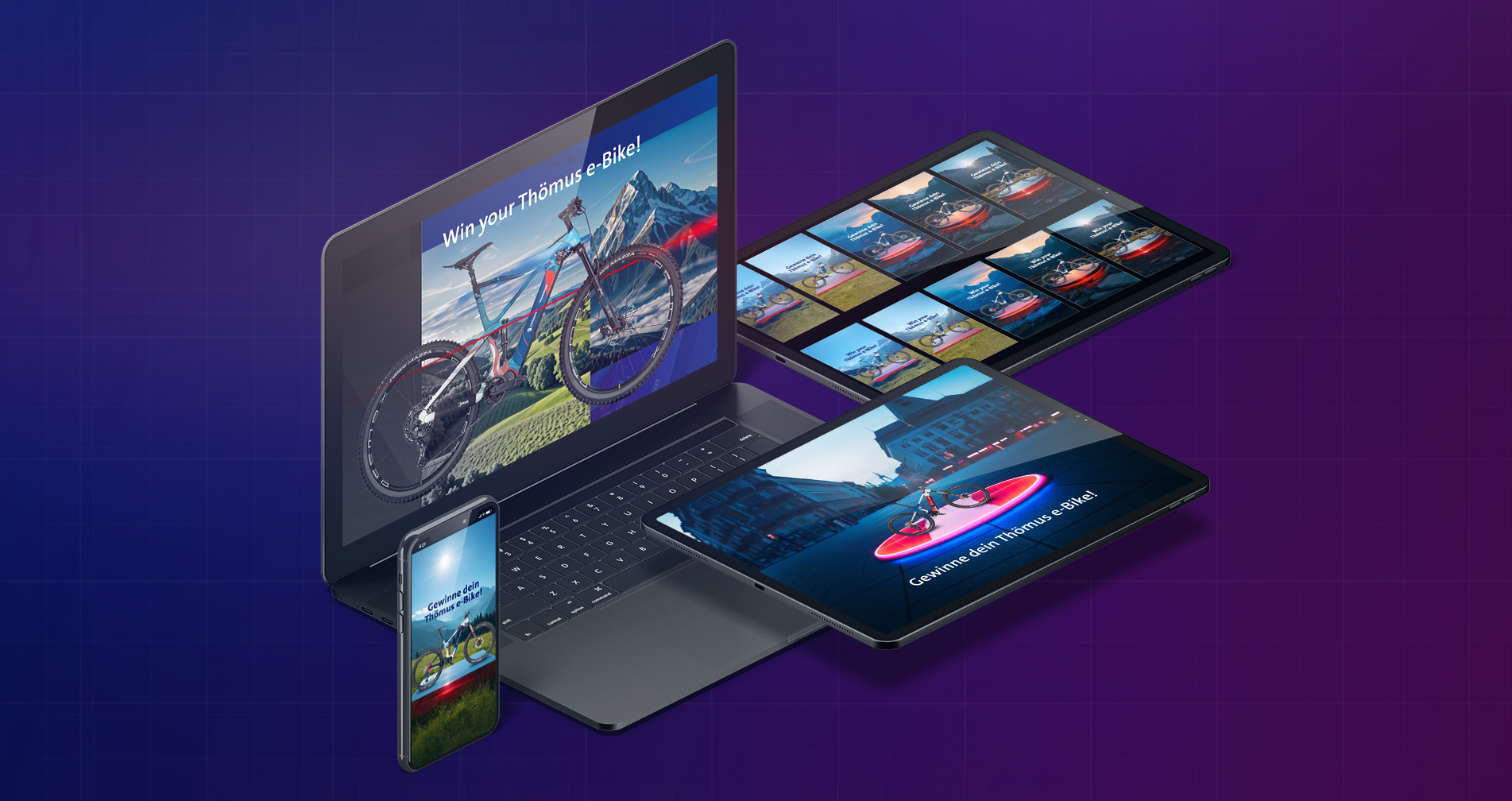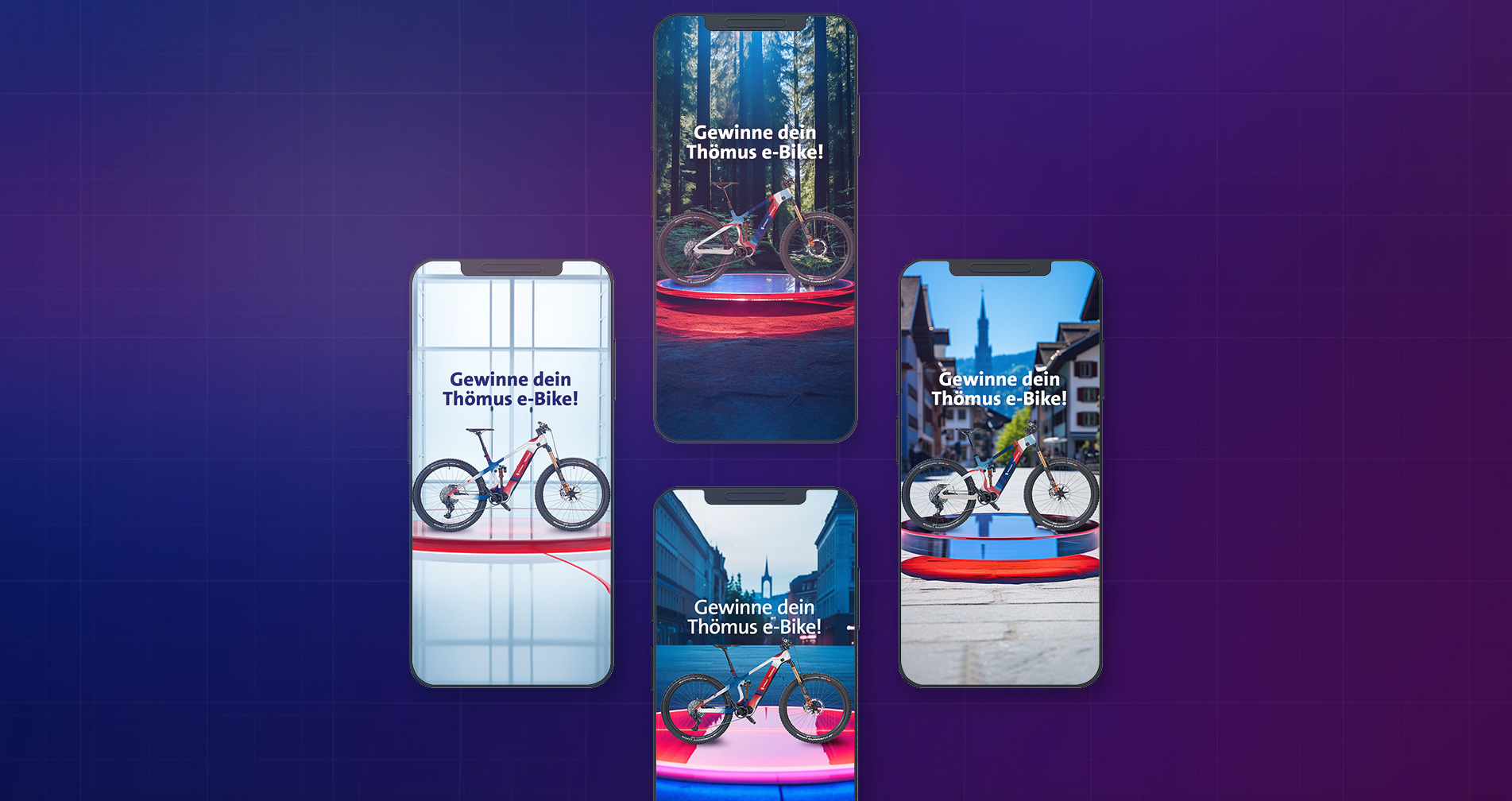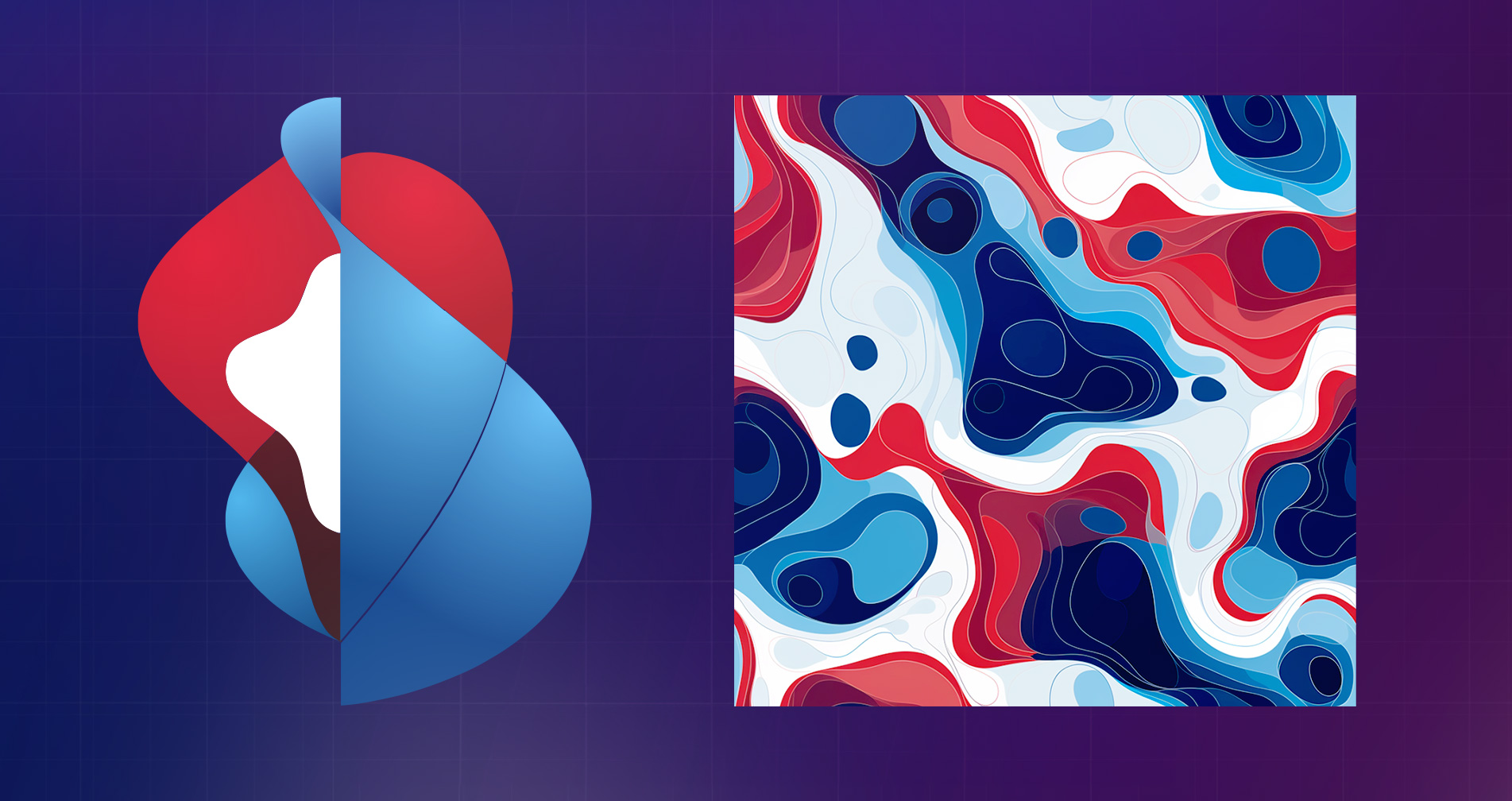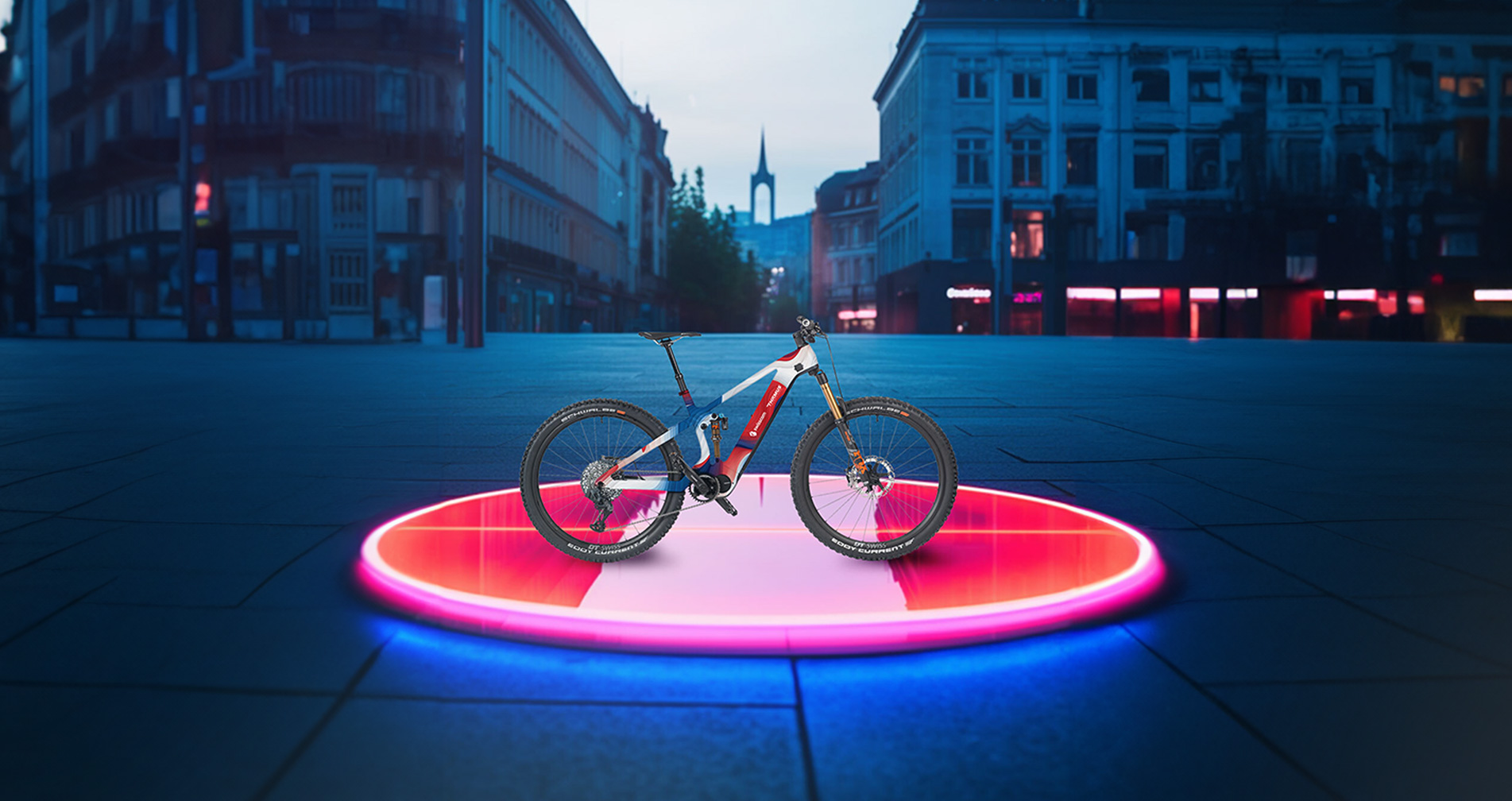Chat GPT, Jounce, Midjourney, Firefly, Runway, Eleven Labs, Luma, Soundraw, Kaiber, Jasper, Smartly, AdCreative… The list of AI tools is endless. But which ones are actually useful for rolling out a campaign?
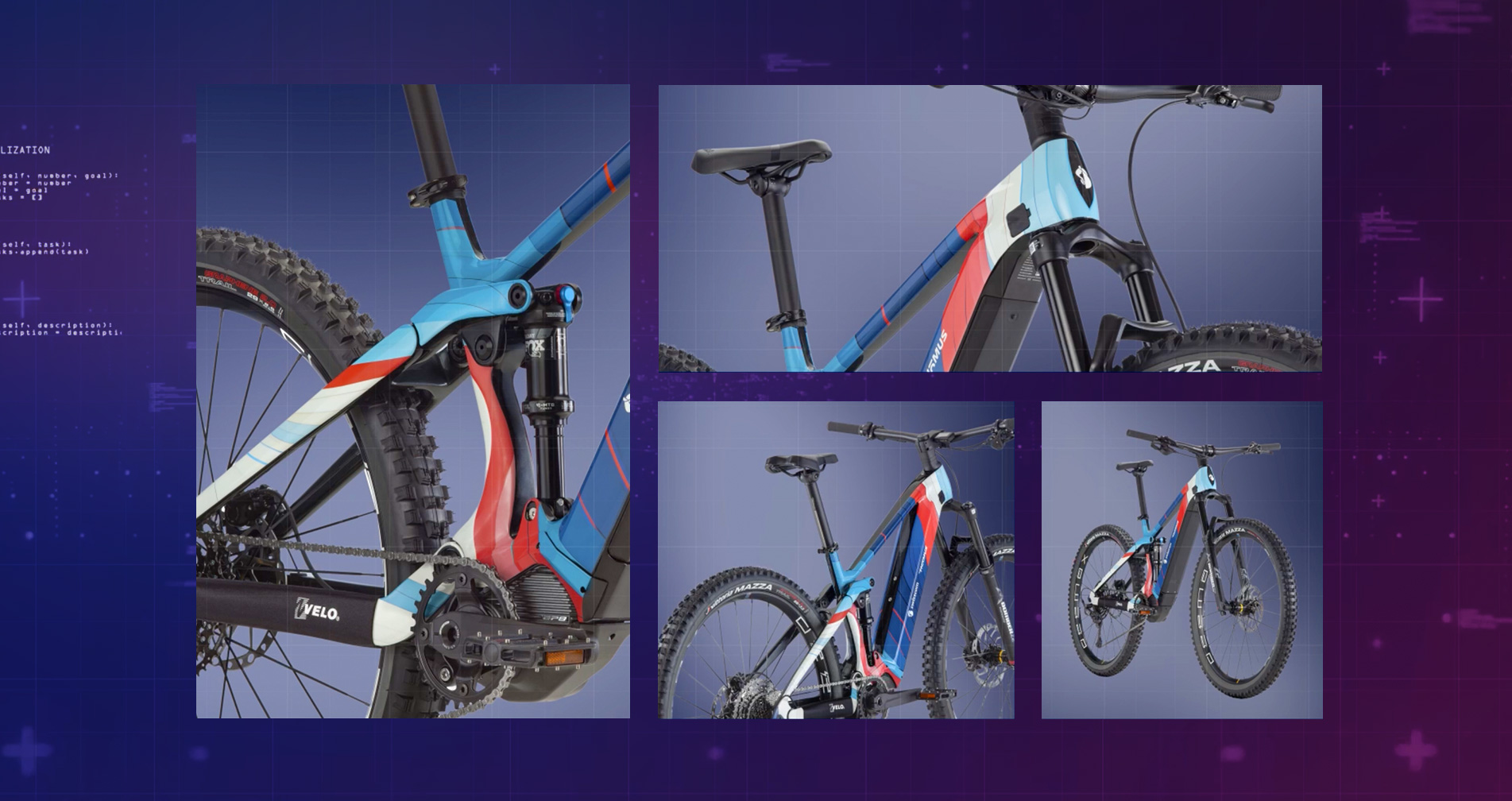
AI in action for lead generation
GenAI offers exciting opportunities to rethink campaigns. But where do its strengths and weaknesses lie today? How can a lead gen campaign be elevated to a new level in no time? Are there empty marketing promises behind GenAI, or are these tools a serious creative booster? At TLGG, my team and I explored all of this for Swisscom, one of the agency’s first clients. In a lead generation campaign designed specifically with AI tools, the goal was to determine in which areas GenAI truly adds value and where there’s still potential for improvement. The aim was to maximize lead generation through the comprehensive use of AI tools and by gathering valuable insights. The result: numerous learnings, an impressive range of advertising assets, and, surprisingly, excellent performance results.
A workflow with many variables
For years, Swisscom has successfully relied on campaigns that generate leads and convert them into new customers through various incentives. However, the focus of
this current campaign was increasingly on the use of artificial intelligence, not just to generate leads but also to gain maximum insights from them. This was done
in a complex project setup with many unknown variables, which made planning challenging. The central focus was on campaign planning and execution: Which tasks play
a serious role here? How can concepts, media plans, texts, images, and other content be created at the highest level without jeopardizing brand integrity?
One of the main challenges was the highly fragmented tool landscape, which caused confusion with opaque licensing models and pricing structures – especially in the
areas of legal, IT, and branding. Many AI tools seemed promising but failed to meet high expectations in practice. In some cases, AI technology was advertised but,
upon closer inspection, either didn’t exist or was severely limited.
24 hours for a sprint in racing mode
After thorough evaluation, we used GenAI for the creation of concepts, images, music, voiceovers, texts, and videos. In the media domain, we employed it for media
planning on Meta, for automations, AI-based placements, and dynamic ads. Both creation and media faced limitations, as AI-generated content often didn’t meet brand
standards and had to be manually corrected. Despite a tight 24-hour schedule, we executed the campaign in four languages. For lead generation, we raffled an
AI-personalized e-bike and tested three scenarios (outdoor, tech, city) with 10 photos, 1 video, and 5 texts each, which were combined in different variations.
Despite the challenges, the combination of GenAI and manual adjustments led to an efficient and targeted campaign that successfully supported our lead generation
goals.
The goal was to gather as many learnings as possible about the potential and limits of GenAI. This allowed us to identify, test, and validate possible applications for campaigns of this kind.
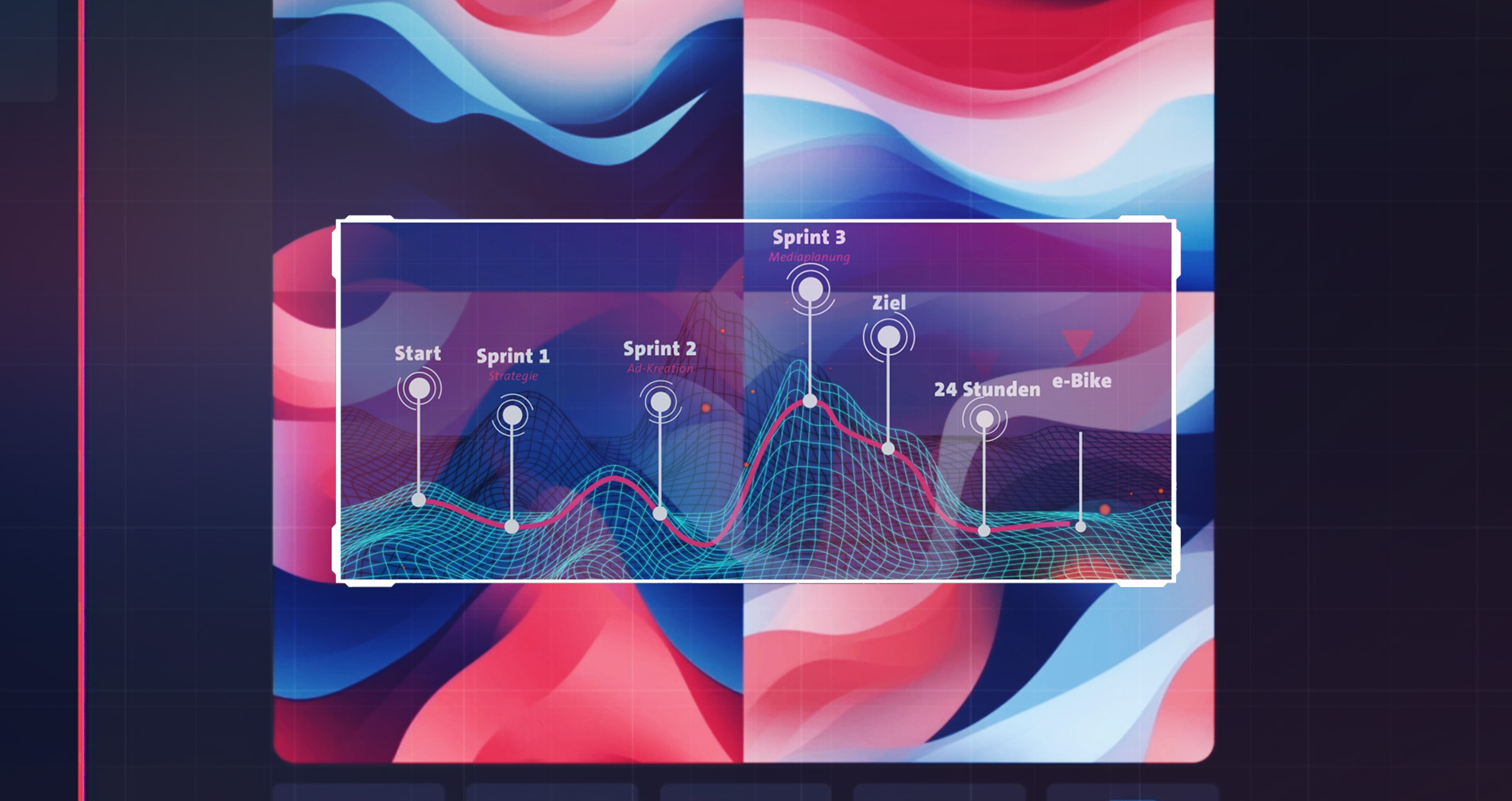
The overall results were extremely positive, especially compared to conventional lead-gen campaigns. The cost per new customer lead was about 30% below the benchmark.
Challenge: Staying on-brand
A total of 880 advertising assets were created – a volume that would have been impossible to create manually in such a short time. The project required close collaboration between IT, legal, and branding. The creative possibilities of GenAI are vast but must align with the brand, rights, costs, and collaboration. We thoroughly reviewed all assets and texts in line with the media strategy, as there were weaknesses in the branding area. To optimize these assets, we worked intensively on suitable prompts and used problem-solving and self-improving prompts. We gathered insights about AI, particularly in areas such as concept creation, media planning, image generation, video and music generation, website text creation, digital avatars, text-to-speech, voice cloning, and, most importantly, brand-compliant personalization of the incentive: the e-bike.
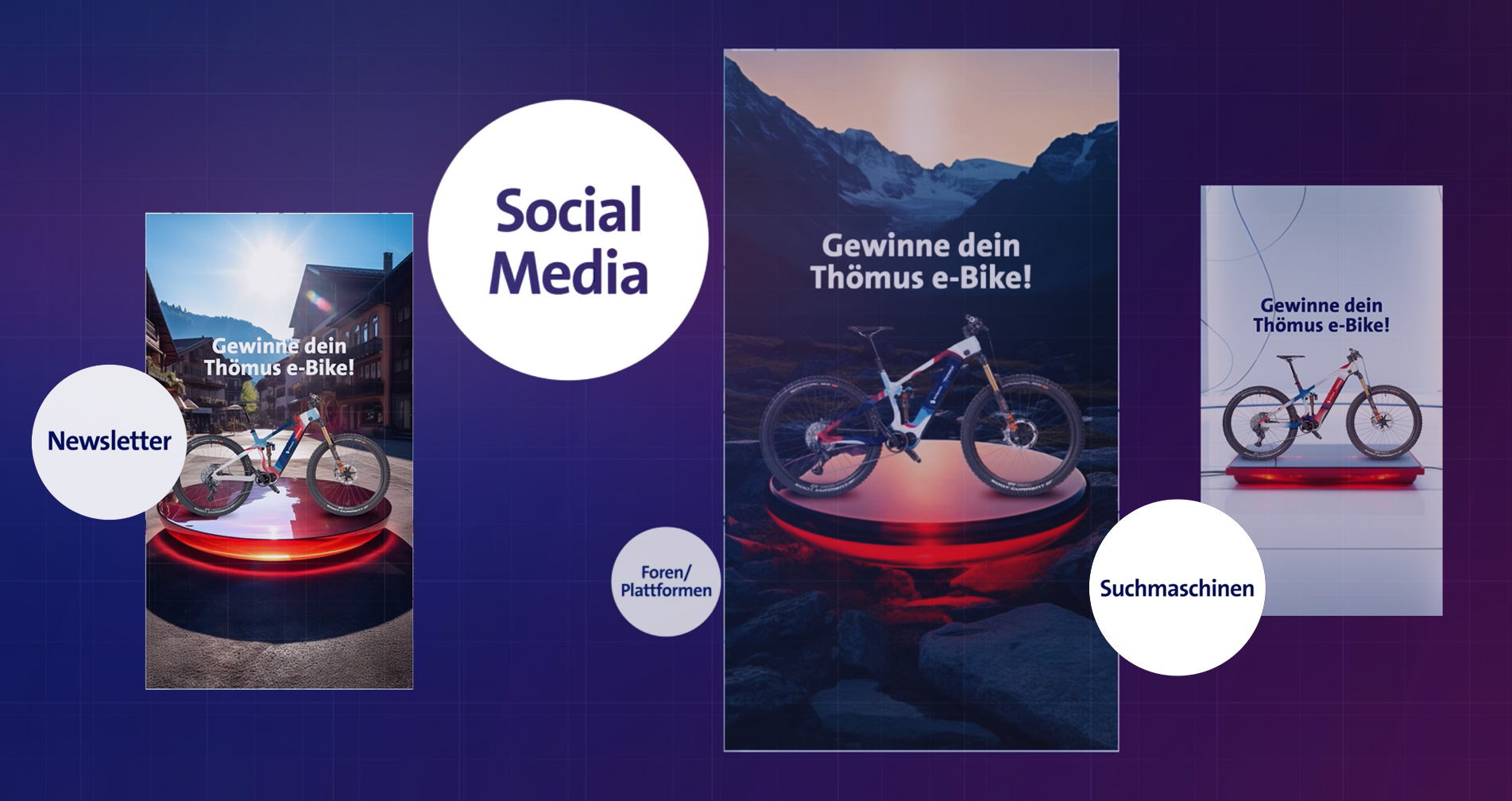
Valuable learnings for the future
Our key learnings can be summarized well. There are numerous GenAI tools, platforms, and providers, but also a lot of misinformation. Complex licensing models and
individual pricing make it difficult to keep track. Substantive solutions are hard to find, as project management and performance marketing tools often don’t deliver
on their promises despite impressive presentations.
When it comes to prompting, you can quickly get good results for photos. For text and planning support, ChatGPT provides sufficient content for lead-gen campaigns
and assists with campaign setup, media planning, and reporting. Translations can sometimes be usable. Some tools show potential in video creation, but most still
have room for improvement in detail and tend to look similar in terms of creation style. In the creation of digital twins, there were fast, usable results within
minutes, thanks to text-to-speech and avatar creation.
Our conclusion: GenAI still requires human coordination, alignment, and critical review. There’s especially room for improvement in branding. However, many routine
or complex tasks can be greatly simplified if it’s clear from the outset what you want to achieve.


